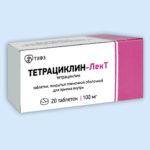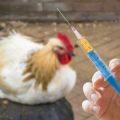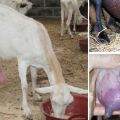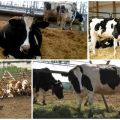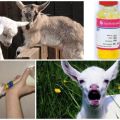Top 10 tetracycline preparations for animals and instructions for use
A farmer's prosperity is entirely dependent on the health of his animals, and for a subsidiary farm, a cow is a source of well-being for the whole family. Like people, animals, and dairy cows in particular, are susceptible to various diseases, including infectious ones. Against diseases caused by bacteria, the use of tetracycline for animals is practiced, which exists in several variations.
Features of tetracyclines
Antibiotics of the tetracycline group are used to kill most gram-positive and gram-negative bacteria, including Escherichia, Salmonella, Staphylococcus, Streptococcus, as well as Rickettsia and some types of Mycoplasma. It should be borne in mind that antibiotics are ineffective against viruses and fungal infections, therefore, they can be prescribed only after identifying the causes of the disease and making a diagnosis.
In some cases, feeds containing low doses of antibiotics are used to feed cattle to prevent various diseases. This method saves livestock from the risk of infection, but negatively affects the quality of meat and dairy products. In a number of countries, the method is prohibited.
The drugs come in several forms. The powder is used for injection, tablets, ointments and sprays for irrigation are made on its basis. When using tetracycline, the color of the tooth enamel may change. It is possible to slaughter livestock only after 6 days after the end of the drug intake. If the animal is slaughtered before this period, its carcass is used for feeding fur animals or for the production of meat and bone meal. It is impossible to use such meat as food for people and pets.

Indications for use
Tetracyclines are used to treat a number of infectious diseases caused by gram-positive and gram-negative bacteria that are sensitive to these substances. The agent destroys the bonds formed between the ribosome and the transport RNA. This causes suppression of protein synthesis and leads to the death of the pathogen.
The list of pathogens against which tetracyclines are effective include the following:
- Esherichia.
- Salmonella.
- Staphylococci.
- Streptococci.
- Rickettsia.
- Some varieties of mycoplasmas.
- Pasteurella.
- Listeria.
- Anthrax germs.
- Leptospira.
- Clostridia and a number of other pathogens.
They are insensitive to tetracyclines or exhibit low susceptibility to Proteus, a significant proportion of fungi, acid-resistant bacteria, Pseudomonas aeruginosa and viruses.
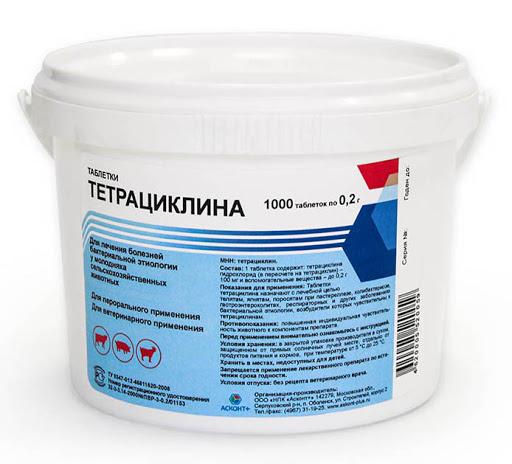
Tetracycline-based drugs are prescribed for diseases provoked by the listed pathogens, as well as for the following diseases:
- Pneumonia.
- Mastitis.
- Metrites.
- Erysipelas.
- Gastroenteritis.
- Lesions of the urinary tract.
- Eczema, burns and wounds of various origins, especially those infected.
- Diseases of the eyes, ears, mouth.
Pregnant cows are not prescribed tetracycline due to the negative effects on the fetus. Also, drugs can cause allergies up to anaphylactic shock with hypersensitivity to them.
Varieties
According to the method of application, there are the following types of drugs.
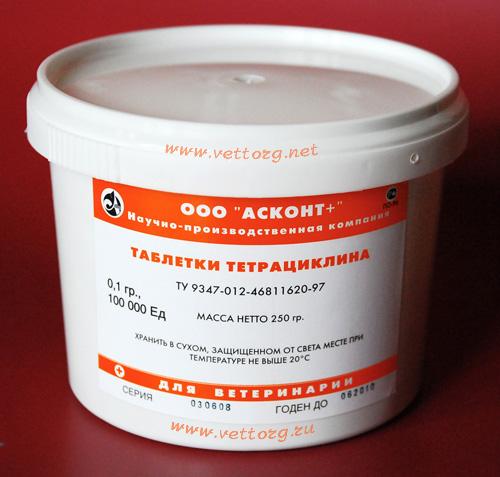
Oral
These antibiotics are in pill form and are given by mouth (oral) to the calves. They dissolve in the digestive tract and are absorbed into the bloodstream, therefore, such agents are more often prescribed for diseases associated with lesions of internal organs.
"Biovit"
The drug is a dry culture liquid on which chlortetracycline was grown. Produced in several versions: "Biovit-40", "Biovit-80", "Biovit-120", which contain, respectively, 40, 80 and 120 milligrams of tetracycline and 4, 8 and 12 micrograms of vitamin B12... This is a therapeutic and prophylactic agent that is given to calves and other animals, poultry at the threat of infection, especially in crowded housing.
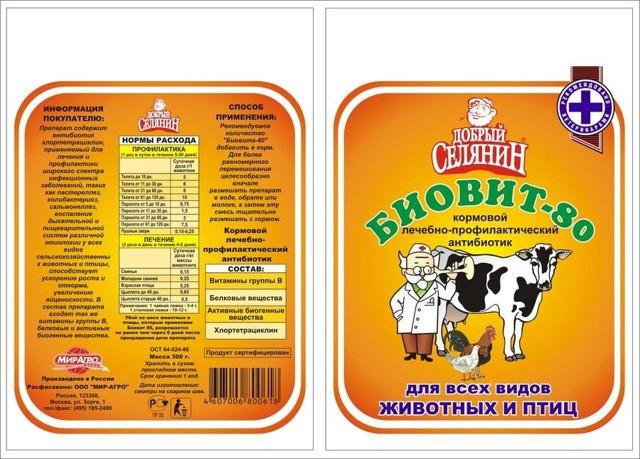
"Terravetin"
Domestic drug, 1 gram of which contains 500 micrograms of oxytetracycline hydrochloride. Supplied in plastic bags of 250 grams, placed in cardboard boxes. Assigned to calves 20-40 milligrams 2-3 times a day in the form of a solution in water.
"Mepatatar"
This is an analogue of Polish-made "Terravetina-500", containing 50 milligrams of oxytetracycline in 1 gram of the drug. Calves are prescribed 40-60 milligrams of the drug, which are divided into 2 or 3 doses, dissolved in drinking water.
"Doxycycline"
It is a semi-synthetic derivative of oxytetracycline, a broad-spectrum antibiotic. Suppresses protein synthesis of pathogens. Differs in accelerated absorption, is almost completely absorbed from the gastrointestinal tract, excreted in urine and manure. It has the property of spreading through tissues and body fluids. In cattle, "Doxycycline" ("Vibramycin") is most often used to combat brucellosis.
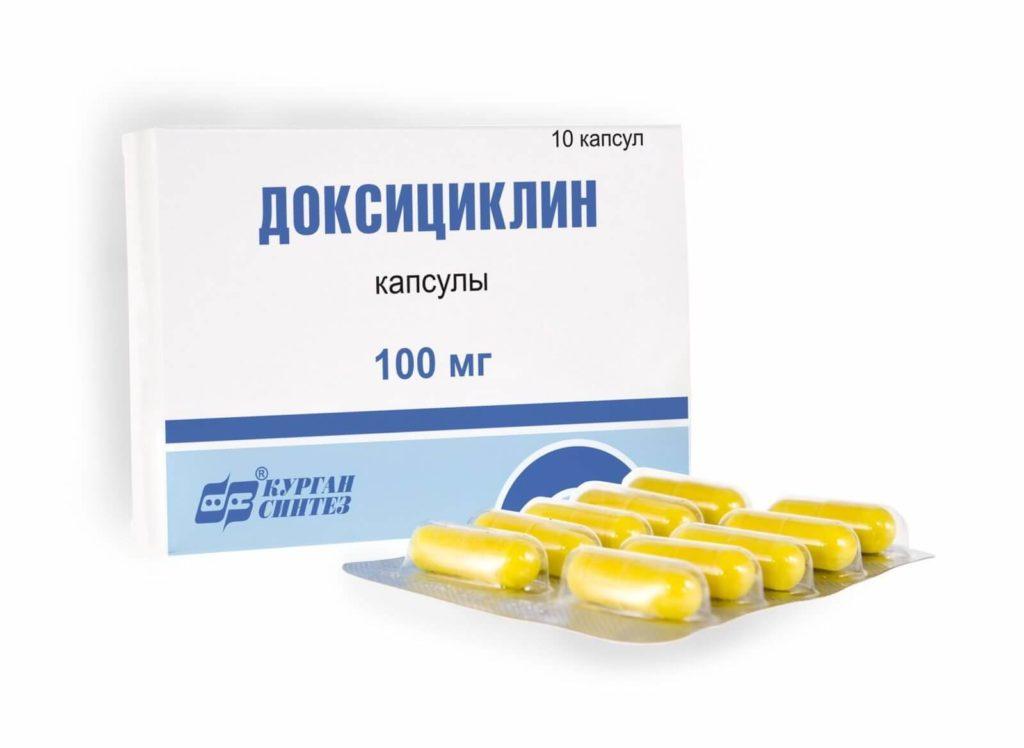
Outdoor
These types of drugs are used exclusively for the treatment of external lesions. They exist in the form of ointments, emulsions or aerosols that form a thin active film or layer on the body.
"Terramycin spray"
The aerosol agent is used in veterinary medicine to treat wounds, skin irritations, eczema, as well as hoof rot, skin diseases caused by microorganisms sensitive to tetracycline antibiotics.
Eye ointment
This remedy is effective for bacterial conjunctivitis, blepharitis, and other eye infections. The ointment is applied to the affected areas and placed behind the eyelid. The antibiotic content is 1%.

Tetracycline ointment
For the treatment of eczema, infected skin lesions, abrasions, wounds, suppurations, boils, inflamed burns, 3% tetracycline ointment is used.
It is distributed in a thin layer over the affected area 1-2 times a day or used for dressings daily, until the signs of infection completely disappear and the sore spot heals.
Parenteral
This type of drug is intended for administration by injection, which eliminates absorption through the digestive tract, accelerating the penetration of the drug into the blood and lymph.
"Nitox"
It is the most commonly used veterinary injectable product, which is produced in water as a brown transparent liquid with a low viscosity. "Nitox-200" is delivered to pharmacies in the form of glass vials of 20, 50 or 100 milliliters.
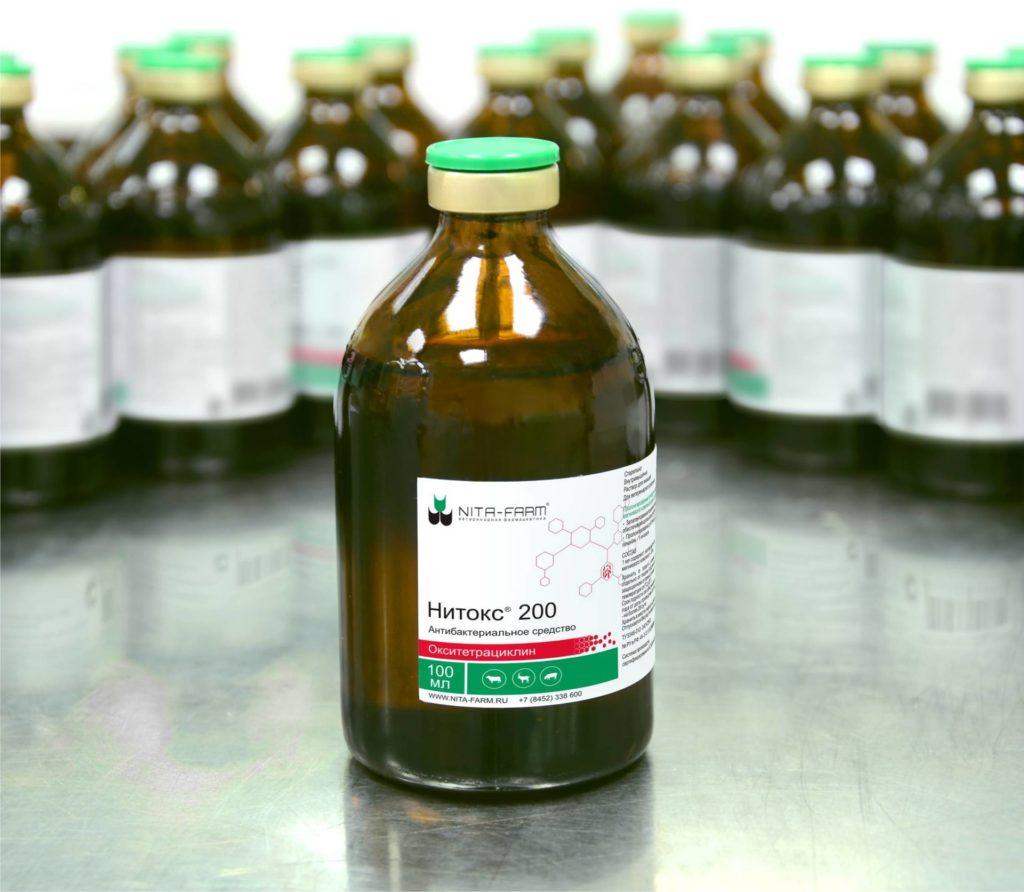
"Morphocyclin"
It is a synthetic water-soluble tetracycline drug used for intravenous injection. Contains from 600 UNITS (units of action) of an antibiotic in 1 gram of the drug, diluted with 5% glucose solution, produced in vials of 0.1 and 0.15 grams, administered 1-2 times a day at the rate of 0.001-0.002 grams per 1 kilogram of body weight.
"Doxycycline-200"
The active ingredient is doxycycline hyclate in a ratio of 200 milligrams per milliliter. It is prescribed to small and cattle, pigs with pneumonia, salmonellosis, hoof rot, pasteurellosis, keratoconjunctivitis and a number of other infections sensitive to tetracyclines.
Application rules
When using any antibiotics, including tetracycline, be sure to follow the instructions for use. Contraindication to use is an allergic reaction and hypersensitivity to this group of drugs. Duration of treatment, dosage and form of antibiotic, method of administration are selected by the veterinarian, based on the age and health of the animal.
Expert advice and recommendations
Antibiotics are serious drugs that can both harm the body and be beneficial. They can cure dangerous bacterial infections that can harm the cow and cause massive destruction of the herd. At the same time, antibiotics, including tetracycline, can only be used as directed by a veterinarian only if it is impossible to do without them.
Prescribing such complex medications for an arbitrary reason and without it is risky and irresponsible.
Can I drink milk while using antibiotics?
Antibiotics get into milk, so it is not used for human food and for feeding calves during treatment and for some time after completion. Milk is milked separately and disposed of because it is worthless. After completing the treatment, milking the cows and using milk as directed is possible only if antibiotics are not detected in the samples.



